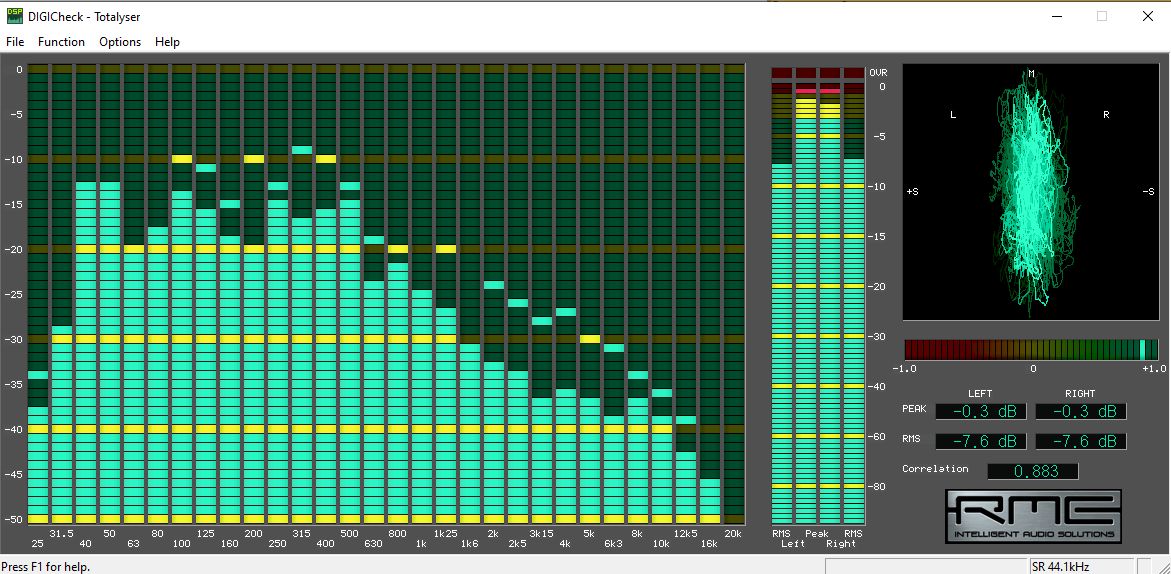@ MstrC-117
Besides that I don‘t like the language you‘re presenting YOUR opinion:
You are basically wrong in a lot of assumptions, both about Crossfeed AND Loudness functions.
You simply don’t dig deep enough.
Let‘s put it this way - have a look behind the curtain:
There is NO true natural, original, recording of any acoustic event, because no technology exists to “project” the original into your place.
When you listen to a recording you hear the result of a multitude of production steps, the äquivalent of something in-between a photo and a painted picture of the real thing.
There’s no chance you ever get the real thing at home, not on speakers or headphones, not even if you invite the musicians to play at your place - unless you live in a a concert hall, for the proper acoustics.
Crossfeed:
Music recordings are produced to be played on average loudspeakers in normal rooms, but:
Additionally, recording are seriously targeted for headphones these days during music production, and that’s only one fact why Crossfeed doesn’t make much sense:
Crossfeed is already mixed into the music in a much more sophisticated way than what any post-processing might offer.
Even more so - most microphone arrangements and studio effects are incompatible with any crossfeed.
Crossfeed causes loss of important parts of the audio signal, like the ambience from typical coincident (e.g. M/S - Mid/Side) or head related (e.g. ORTF) microphone arrangements.
I could extend this and go into detail far more, but that alone is enough to abandon crossfeed.
Anyway, the negative effect is clearly audible, is changing the intention I did put into my recordings.
No matter, if you like crossfeed, use it, but please don’t advocate it as a step towards an imaginary “natural” result.
Loudness:
Music productions are done at a listening level of 80 dB SPL Average, this is 103 dB SPL Peak, at least when important balancing decisions are made.
This is quite loud, and is MUCH louder that most people enjoy music at.
It’s not possible to fully compensate the changes in reception that happen when you typically listen e.g. 20 dB lower (like I do privately).
But, due to the work of Fletcher and Munson and others, at least the intended frequency balance can mostly be recovered with ADI-2’s Loudness function.
That’s proven science and not devil’s work.
A basic explanation is in the manual.
The function is intended for privat use, not for studio work BTW.
We tried these type of compensation in the studio in the 80s at German National Broadcast, ARD, but it didn’t turn out to be useful.
There’s one consideration to be made:
A lot of speakers and headphones are already partly compensated for lower listening level, have more or less (fixed) loudness compensation built in.
The headphone's “Harman Target“ is such a compensation.
If your transducer already has a V-shaped frequency response you might have no use for the Loudness function.
Personally, I don‘t usually use Loudness for another reason, except a few times when listening very quiet, privatly:
Due to my daily work as audio engineer I‘m very much used to quiet sounds too, I have a quasi “brain built in“ Loudness function.
Now I’m going to evaluate the result of my today’s work ON HEADPHONES, Mysphere 3.2 on ADI-2 Pro, then go to bed - good night!

